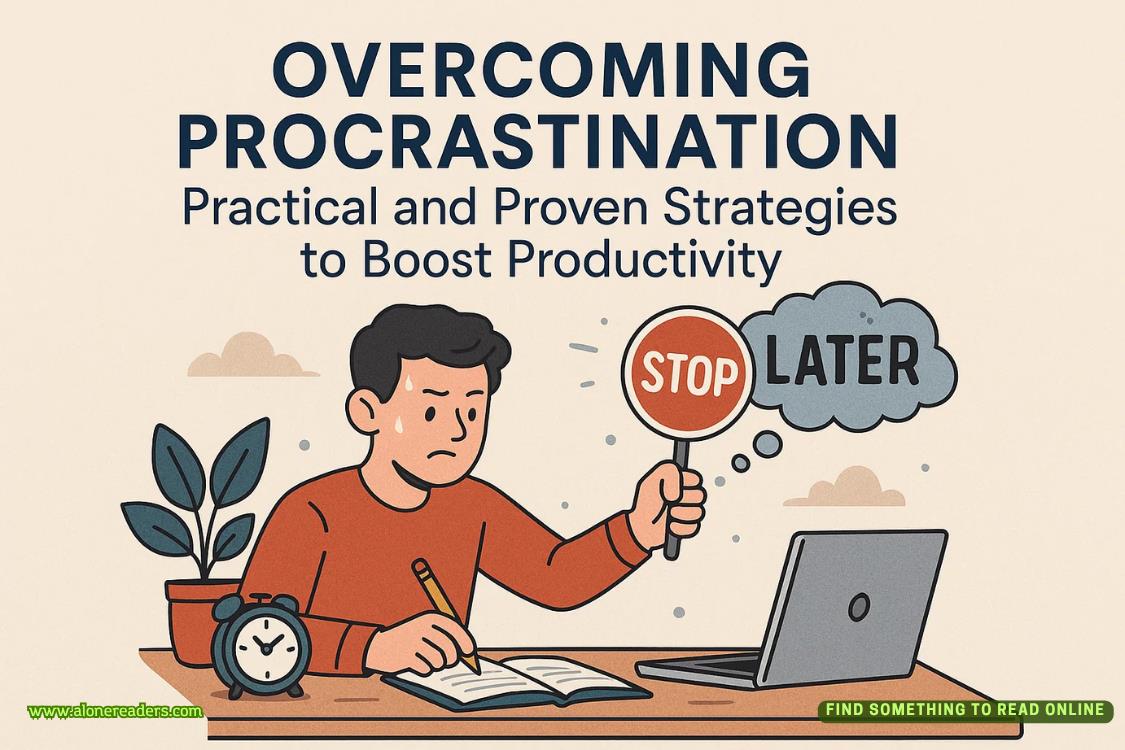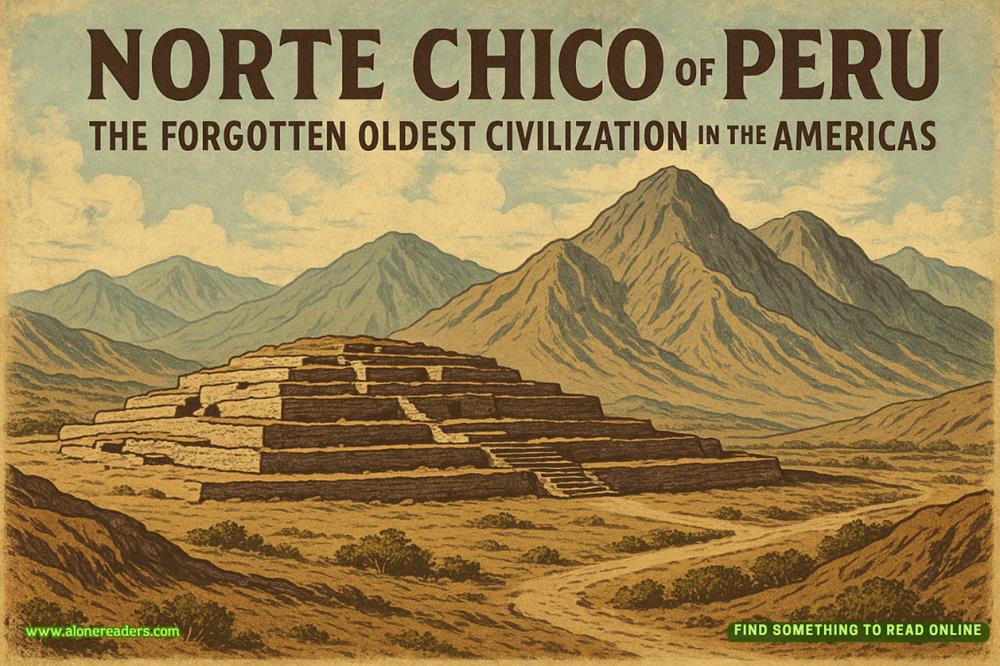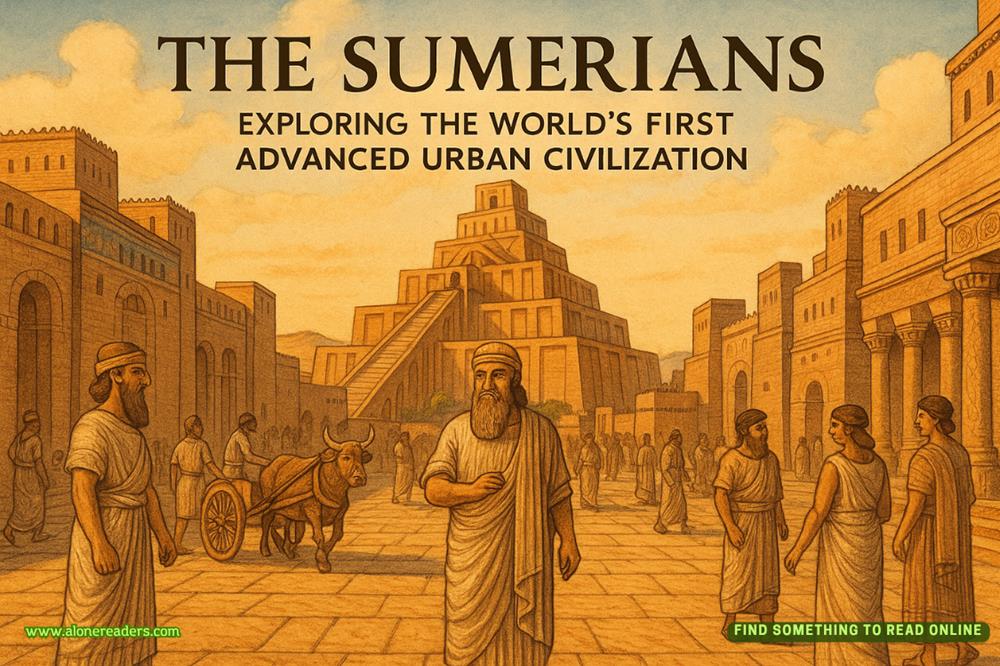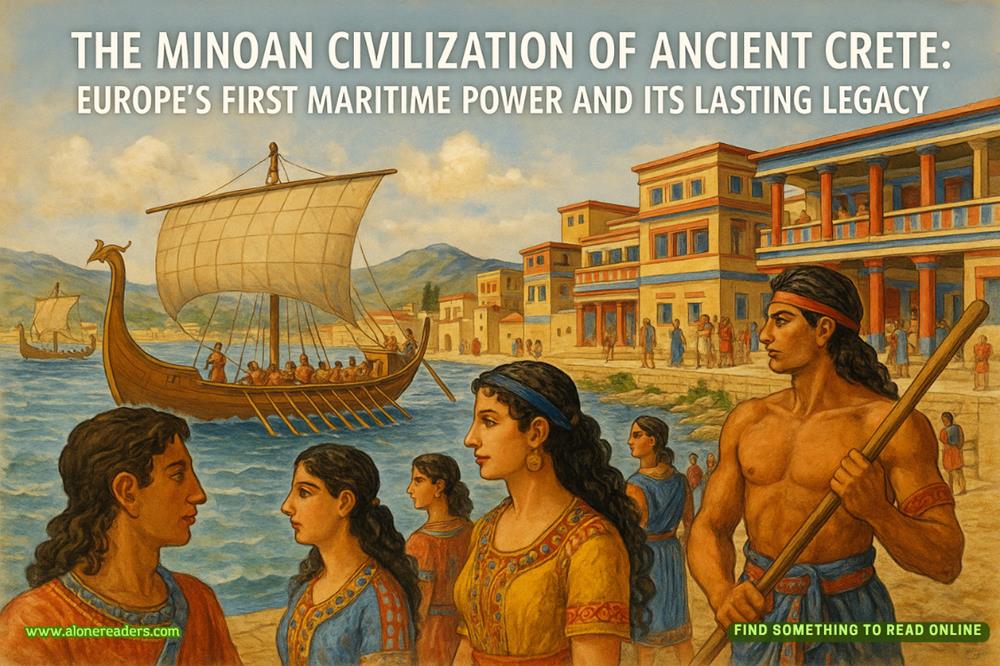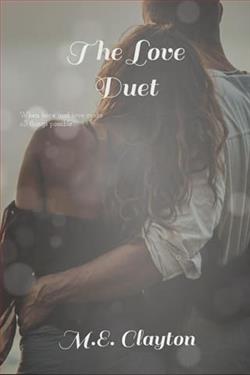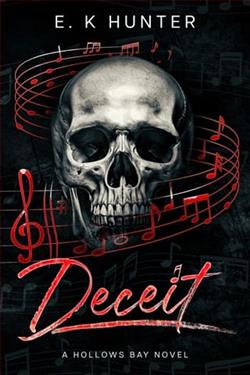Page 69 of Angel of Vengeance
59
DIOGENES MOVED THROUGH THE fretted shade of the alleyway, pushing workmen and guards aside as he ran, until he burst out onto Forty-Second Street. Tossing his monocle to the ground, he spotted his carriage and waved. His driver, Cato, seeing him, briskly moved the carriage forward.
Diogenes leapt onto the running board and signaled directions. Cato nodded and cracked his whip, and the cab shot out into the bustling traffic. Diogenes swung himself inside, closed the door, and sat back, removing the lace-edged gloves and other frippery encumbering his clothing as Cato navigated the broad avenue.
His coach, despite being tastefully appointed within and without, might have been looked at derisively by much of the beau monde: small, driven by a single horse, and in general resembling a hansom cab. In fact, it was an English hansom cab, chosen by Diogenes because its low-slung profile and center of gravity allowed it to take corners at speed. With a single horse at the reins, it could cut in and out of traffic when necessary, easily overtaking larger and more ponderous vehicles.
At that very moment, in fact, Cato was demonstrating the cab’s agility by turning north on Broadway at—Diogenes estimated—nearly fifteen miles an hour.
He had already added luxurious touches to the cab while replacing needless weight with lighter, stronger materials. He had ordered the springs and wheels altered according to certain laws of mechanics and gravity that, in 1881, remained undiscovered. Even more important had been his choice of driver. He’d visited the Belmont Stakes at Jerome Park, but decided Thoroughbred jockeys were not what he was looking for. Instead, he’d found his man at Coney Island Racetrack in Brighton Beach: a harness racer who had won a large number of trotting competitions. It turned out Cato was ready to trade in his “sulky” for a professional cab, especially for the money Diogenes was willing to pay.
It was precisely this moment for which Diogenes had hired Cato.
The cab was jostled as another, larger carriage tried to pull away from the curb and elbow into the throng; Cato, with the instinctive training of a harness jockey, made a quick double feint that sent the driver of the other vehicle into a terrified halt, horses neighing and rearing as their reins became entangled.
Some distance ahead, in the fading light of approaching evening, Diogenes could see their destination: the Grand Circle where Broadway met the southwest corner of Central Park.
Not only, Diogenes mused, was Cato the best possible cabman, but childhood meningitis had rendered him deaf and mute. This proved no difficulty to Diogenes, who was fluent enough in American Sign Language; if anything, it was a benefit. Cato was a man with a remarkably even keel: nothing he had witnessed while in the employ of Diogenes seemed to have excited his deadpan nature.
Cato had one other advantage: his superb knowledge of horses allowed him to control the kind of animal whose speed and stamina were usually found on the track, not the boulevard. Cato himself had found the horse for Diogenes: Bad Influence, an American standardbred of tremendous strength who, it seemed, relished being free of the racecourse. Pulling ahead of the surrounding carriages, they caromed around ninety degrees of the Grand Circle, then cut nimbly across traffic and made a U-turn, slowing and pulling to the curb directly in front of the unfinished observation tower.
Diogenes pulled out his pocket watch: ten minutes to five. Grabbing a box of matches from one of the inlaid drawers of the cab’s interior, he opened the door and jumped nimbly to the street. Cato, he explained in ASL, create a brief diversion. Then he darted into the park while, from behind, he could hear Bad Influence already beginning to whinny and rear.
No one was looking his way as he slipped into the construction zone and then the tower itself. He fumbled for a lantern, lit it, placed it on the floor, then looked around to ensure nothing had changed since his last visit. All was as before; no further work had been done.
He went to the far side of the dark space, pushed aside some crates and scaffolding, and then—more gently—rolled back a large tarp and placed it in a corner. Beneath was a double strand of jute, wound very tightly with fine gunpowder dust and then dipped in tar: the main, arterial fuse.
He had set four charges in the tower, the primary at the top and three secondaries at intervals below it. He’d also altered the safety casing of the fuse so it would burn at five seconds per foot instead of the usual thirty. If he’d calculated properly, once he lit this main fuse, it would make its way up the stairs, lighting the three secondary fuses in turn as it reached them. The higher up the load of dynamite, the shorter he’d made the secondary fuses—this way, the primary charge beneath the roof would go off first, followed in succession by those below it.
Diogenes had found amusement in explosives from an early age: placing squibs on the underside of a trash can lid; in a bed of roses; in a dog’s chew toy. Rather extreme measures had been taken to snuff out this childish pastime, and it had been years since Diogenes had toyed with, or even thought about, gunpowder. But now, watching the thick fuse take on a life of its own under his match—and the flame begin crawling its way up the stairway, leaving nothing but a wisp of smoke in its wake—he felt once again a boyish quickening of the heart.
The angry cigarette end of flame vanished up the curve of the stairwell, and Diogenes took his leave. He blew out the lantern and passed through the construction debris to the curb. The lamplighters were moving along the streets, heralding night’s advance. His cab was now parked on the far side of the circle, Cato holding Bad Influence calmly by the bridle.
Looking out for traffic, he made his way across Central Park South, and then west to the far side of Broadway. Diogenes was about to warn the ex-jockey to cover his ears, then remembered it wasn’t necessary. And so instead he gestured for Cato to keep the horse calm. They both put reassuring hands on the animal’s neck, and Diogenes turned toward the tower to make sure he didn’t miss the show.
60
WHAT THE DEVIL?” Enoch Leng roared, staring at the dead bodies of the two guards splayed in a puddle of blood across the basement corridor outside his surgery. He rushed into the surgery suite itself and saw a sight that curdled his vision: three dead assistants sprawled across the floor—and surrounding an empty operating table.
“Cheese and crust,” murmured Decla, coming up behind him with a posse of Milk Drinkers.
Leng knew instantly what had happened: Constance. She had been in the house, spying, plotting. That bloody bitch had stolen his patient—and no doubt she’d also freed, or was freeing, the other children. He had underestimated her. He felt an intense, destabilizing fury… but quickly recovered himself.
Where was she now? Had she fled with the children? Did she know Pendergast and his policeman friend were locked in a distant wing?
He turned to Decla and the gang. “Seal up the house. Now. I want that woman.”
“So do I,” said Decla.
“By God, you shall have her.” He paused. “In fact, it’s possible I can save you some work in searching.”
Constance pulled back from the broken window after watching Mary, Joe, and Binky disappear into the shrubbery, apparently unseen. She slipped into the main kitchen, then paused in the dim light, listening. She could hear voices, running footsteps, a door slamming—the house was now on full alert. Aloysius was being kept on an upper floor—almost certainly in an attic room under the eaves that on an early reconnaissance she’d seen being converted into an iron room with bars. But the upper floors were a very dangerous place to roam. Above the first floor, there were few hollow walls or secret passageways—and that meant sneaking around in unfrequented halls and rooms, hoping to avoid discovery.
Slinging the rifle over her shoulder, keeping the stiletto in hand and the revolver tucked in the waistband of her dress, she went to the kitchen door and listened. The activity, though extensive, sounded for the most part distant. She eased open the door, slipped through, and closed it. Beyond, a broad archway led across a main hall to the salon, and she could see the gas there was turned on brightly. As she waited, an armed figure passed by—one of the Milk Drinkers. That was no way to go.
She returned to the kitchen, pondering how to get to the higher floors. The stairs to the servants’ quarters, next to the pantry, were a possibility. She flitted across the kitchen and through the pantry to a closed door that led to the back stairway. She pressed her ear to the panel and listened. Silence. She turned the knob and opened the door. The narrow, unpainted, claustrophobic stairway was dark. Shutting the door, she crept up, one hand on the beadboard wall. The wooden stairs creaked and groaned with every footfall. She paused to listen after one particularly loud creak. This part of the mansion still seemed quiet, with most of the activity taking place in the front of the house and, no doubt, in the basement and even deeper.
The stairs came to a landing with two doors, right and left, both closed. One went to the cook’s bedroom and sitting room, the other to the scullery maid’s chamber. The latter was a dead end. The cook’s rooms, on the other hand, led to a door that opened onto a rarely used second-floor hallway. From there, the hallway led to a large room and, beyond, a staircase to the third and fourth floors—and it was on the fourth floor, under the eaves, that the iron room had been built.

